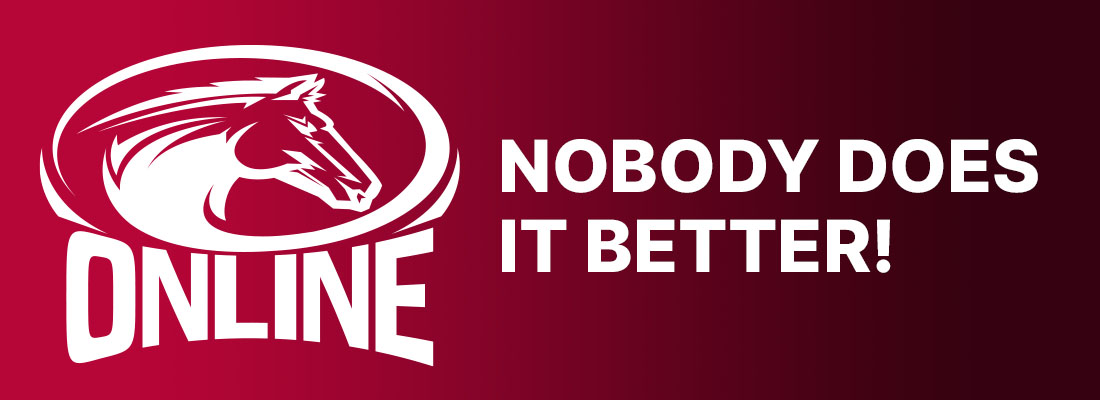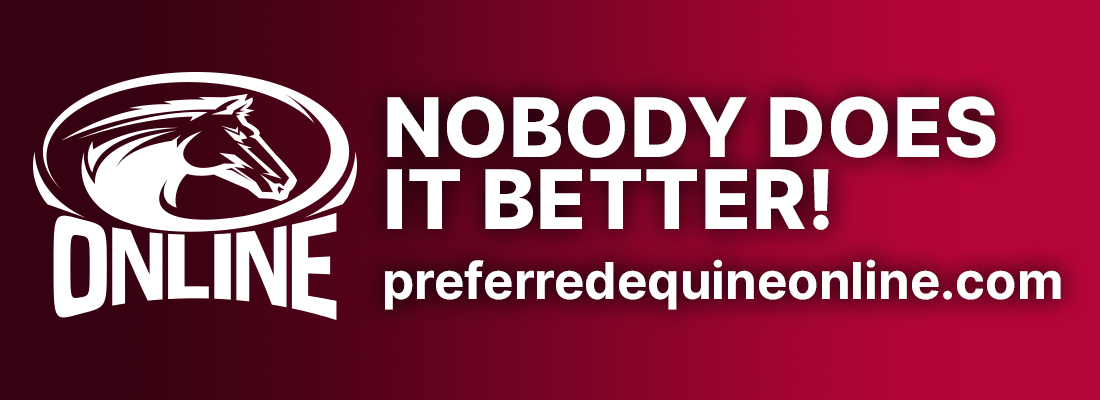I was wrong about how much post time drag impacts handle
A further conversation with John Campbell after The Meadowlands’ failed experiment to reduce post time drag.
by Dave Briggs
I was wrong about post time drag and how much it impacts handle. To be clear, that’s not Hambletonian Society president and CEO John Campbell saying that. It’s me, HRU editor Dave Briggs saying that.
The last time we published this column, I had a “spirited debate” with Campbell about the issue. At that time, he said my slightly tongue-in-cheek suggestion that The Meadowlands should have a race every 10 minutes would result in “handle suicide.”
I thought The Meadowlands was big enough to survive at least less drag and, maybe force other tracks to reduce drag, too. I also thought the greater good was to stop lying to our customers about when post time is and to also get races off more quickly given competition from other forms of gambling where the action is constant.
In the last column, Campbell said he has consulted a number of handle experts at racetracks and they said any attempt to reduce drag has led to a reduction in handle.
“It’s been tried and it’s failed every time they shorten the time in between races or eliminate drag,” Campbell said.
After The Meadowlands cancelled its drag-reduction experiment early when handle plunged — and major kudos to track owner Jeff Gural and COO Jason Settlemoir for at least trying — it was clear Campbell was right and I was wrong.
I should qualify that a little. I have never disputed the handle experts that said, generally speaking, that the longer the drag the better the handle. My point was there are dozens of factors that determine handle and drag is only one of them. That’s still true, but clearly, drag is a huge factor in handle.
Just consider Brett Sturman’s column about how when The Big M reduced drag and handle dropped, Woodbine Mohawk Park saw boosted handle. Debbie Little also tackled the subjectin her column.
Last week, I spoke to Campbell again about the subject and asked him what he learned from The Meadowlands’ experiment.
“It tells us that the reason that these racetrack operators drag is because you do maximize handle that way, the way that the simulcast universe works,” Campbell said. “This is the unfortunate part… This industry never seems to work together or cooperatively, not even within our industry let alone when you factor in the thoroughbreds. So, racetrack operators right now are forced to do this under the system that’s in place or they are giving up dollars and they don’t maximize handle and The Meadowlands’ experiment clearly showed that.”
Don’t misunderstand either of us. We agree completely that post time drag is terrible for the future of the sport for a host of reasons. We would love to see the practice ended. The Meadowlands agrees but simply can’t afford to go it alone and give up handle, especially since it relies heavily on handle for its bottom line absent a racino.
“I want to clarify again, I think [post drag] is a bad path for the future of racing, both thoroughbred and standardbred,” Campbell said.
He also has suggested that computer assisted wagering (CAW) be halted at least two minutes prior to post.
“I think there should be a consistent protocol for the CAWs of when they can’t wager past – which is another thing that if they don’t address it’s going to be a bad path for the future,” Campbell said.
There was speculation that the decline in The Big M’s handle during the experiment might reflect a restriction on CAWs that then took their business elsewhere – for example, Woodbine Mohawk Park. But Campbell said The Meadowlands did not implement a restriction on CAWs. The only substantive change was a reduction in post drag. Though, the theory is shorter drag led to a decline in CAW wagering which makes up a high percentage of total handle.
“It came down to post and the fact that the pools were smaller and the CAWs participated less,” Campbell said. “So, it was an apples-to-apples comparison, as far as the CAWs are concerned. The unfortunate part is, I know your argument was that The Meadowlands’ signal is strong enough that it will survive that, but it clearly shows that if you’re out there on an island in this simulcast universe you’re going to get potentially hurt handle wise.
“You have to factor in the thoroughbred element because the big, big signals — Santa Anita, Churchill, Keenland and Saratoga — I don’t think they drag, but they are super signals. A lot of other tracks on the thoroughbred side do drag and I think that even if harness all got together and didn’t, I think that would be to the detriment of handle as well, until you got all those thoroughbred tracks to do the same as what you were doing.”
In the end, Campbell said the betting customers are sending a clear message.
“The public has told us and made it clear that they want bigger fields and more competitive racing and, when they get that, they respond,” Campbell said. “And we refuse to make an adjustment so we’re making sure that we do that. We’re having too many shorter fields and horses that are bet down too short on the board constantly and there’s never an adjustment or a change made in that.
“There’s a tremendous risk of contraction if we don’t first recognize that we have an issue with what we’re presenting to the public and if we don’t address that.”

















